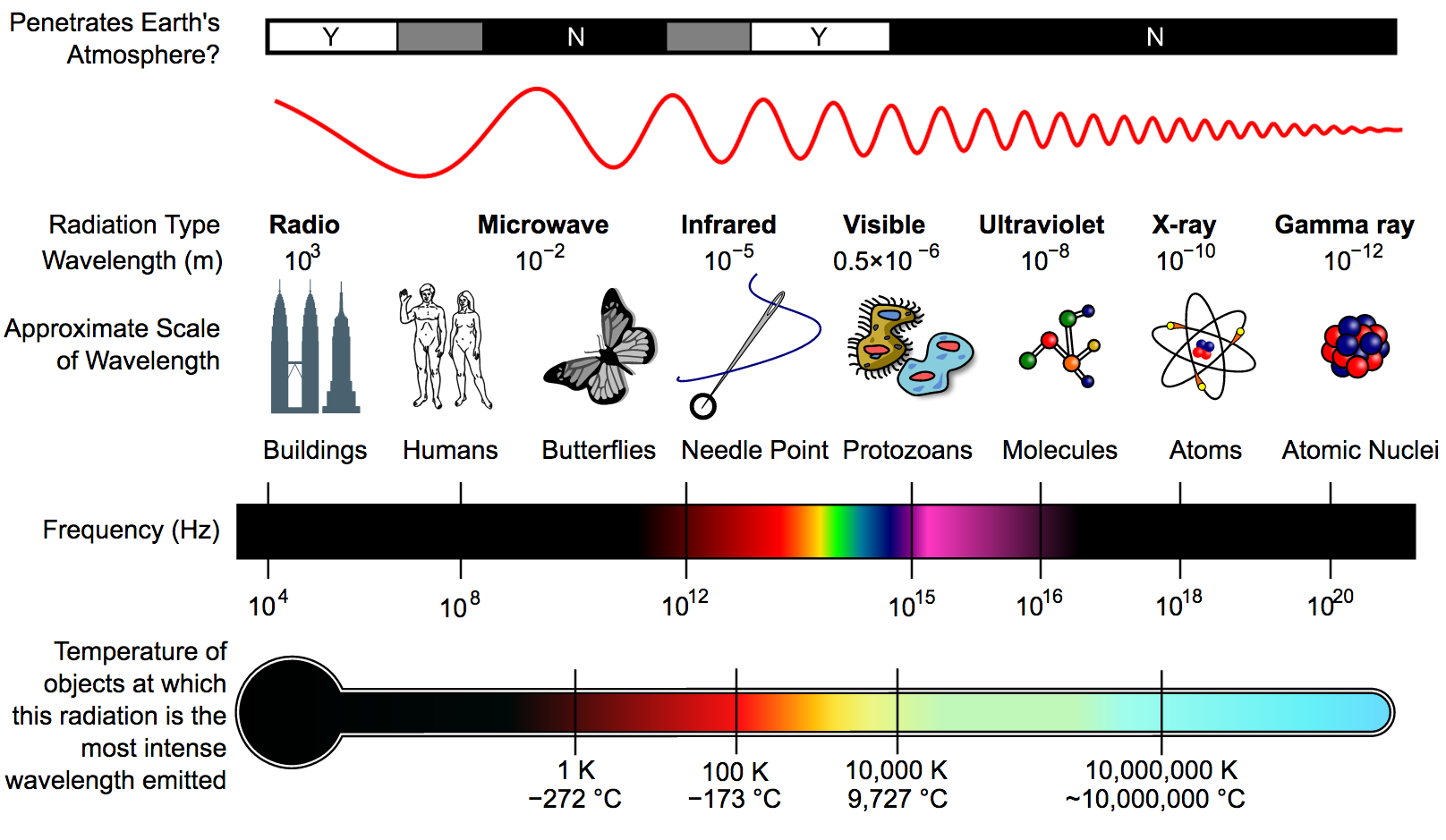Digital image fundamantals in computer vision
 Utkarsh
Utkarsh What is electromagnetic spectrum?
The electromagnetic spectrum is a continuous range of electromagnetic waves, categorized by their wavelength and frequency.
It encompasses a vast spectrum, ranging from radio waves with the longest wavelengths (low frequency) to gamma rays with the shortest wavelengths (high frequency).
Only a tiny portion of this spectrum, the visible light region, is detectable by the human eye.
Each color in the visible spectrum corresponds to a specific wavelength, with violet having the shortest wavelength and red having the longest.
What is Light?
In computer vision, cameras capture images by detecting the reflected or emitted light from objects in the scene.
These images are typically represented as a collection of pixels, where each pixel stores the intensity values for different color channels (e.g., red, green, and blue).
Applications of Light and the Electromagnetic Spectrum in Computer Vision:
Image Formation
Understanding how light interacts with objects and surfaces is crucial for forming clear and accurate images.
Factors like lighting conditions, material properties, and shadows all influence the amount and distribution of light captured by the camera, impacting the final image.
Color Analysis
- By analyzing the intensity values of different color channels, computer vision algorithms can extract features like object color, identify specific objects, and segment images.
Depth Perception
- Specialized cameras and techniques can utilize different portions of the electromagnetic spectrum beyond the visible range, like infrared radiation, to extract depth information and create 3D models of objects.
Subscribe to my newsletter
Read articles from Utkarsh directly inside your inbox. Subscribe to the newsletter, and don't miss out.
Written by

Utkarsh
Utkarsh
I am a final-year CS student. Loves to code and Design. I am writing about Tech, Finance, and lifestyle.
